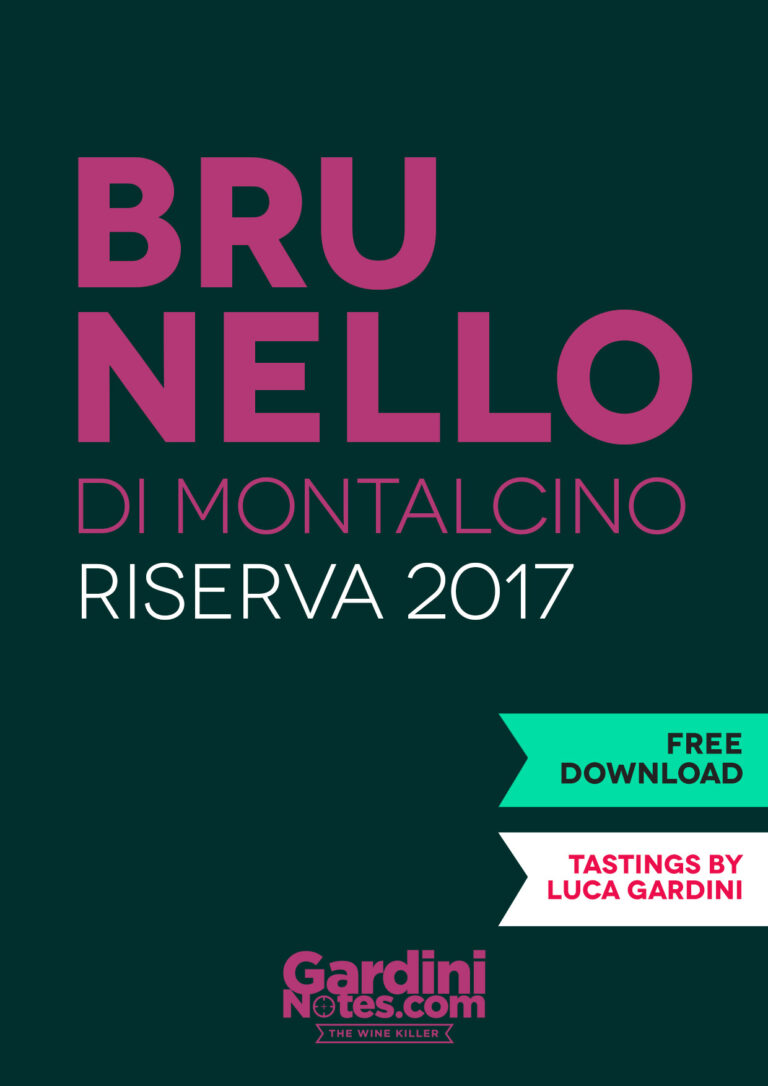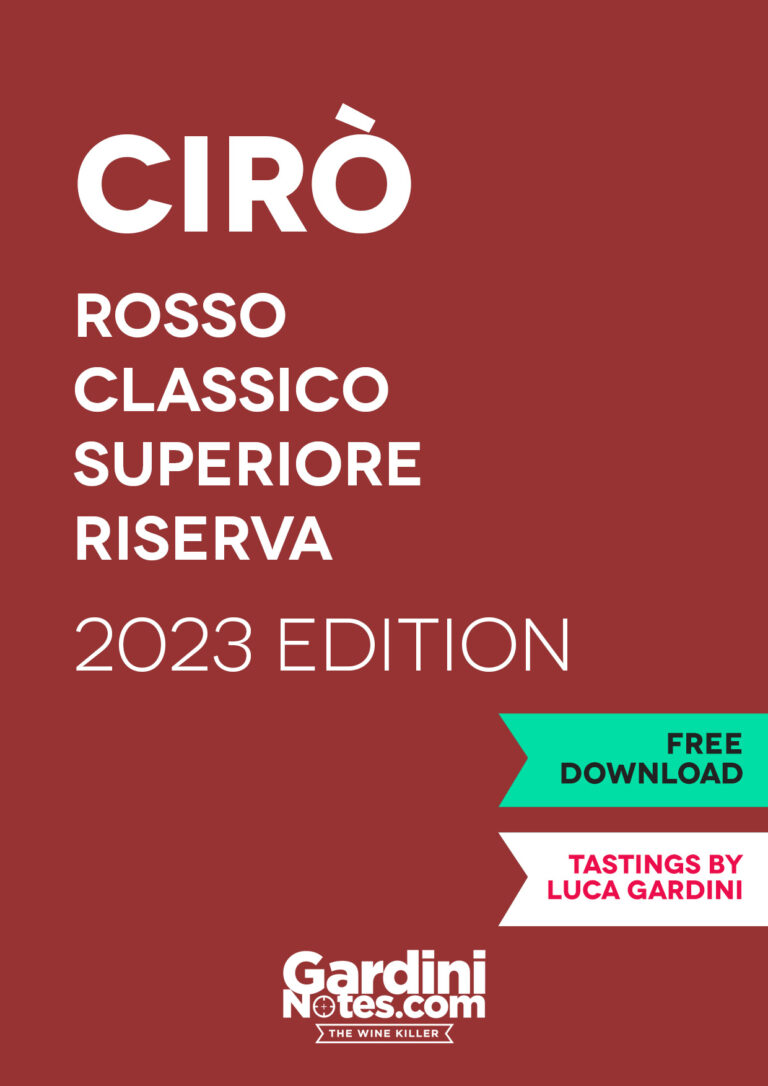The most common method of vine training is that of spurred cordon. The Mediterranean climate tends to be dry, although some inflections of the continental climate are present.

Sangiovese 100%
RISERVA 2017
In vintages that can be considered ‘challenging’ – like 2017, which was undoubtedly dry – we can measure how far the management of the vineyard and the production of Brunello have come in Montalcino. Here takes place the production of wines characterized by crispness and stylistic sharpness, pleasing olfactory finesse – played especially on small red fruits – and not suffering of tannic excess at all. This is, indeed, the result of many factors, such as the care of soils and plants, a decisive selection of grapes on the sorting table, followed by a wine making process which takes into account the high quality of this raw material and preserves it.

Brunello di Montalcino, DOCG since 1980, is produced in Tuscany about 40 km south of Siena, in the area of Montalcino. The wine takes its name from this Unesco World Heritage Site. The Montalcino area is made up of about 24,000 hectares, although only 15% of these are dedicated to grape cultivation. The great Sangiovese variety, from which Brunello di Montalcino is made, is very sensitive to the land on which it is grown. Here in Montalcino, several different geological typologies intersect, such as clay, tuff, and so-called original rocks, limestone and marl. These last two are found at the higher elevations. The higher location of the plants, together with a rich mosaic of variables, have determined the character of this Brunello, since its origin. The plants in the territory of Montalcino grow at elevations that range from about 120 to 650 meters above sea level. The cultivation area can be divided into four sub-zones, oriented according to the cardinal directions.
The most common method of vine training is that of spurred cordon. The Mediterranean climate tends to be dry, although some inflections of the continental climate are present. The nearby Monte Amiata often helps mitigate meteorological events of great intensity. In the cellar, Brunello di Montalcino typically brings together several plots located in different areas of the cultivation zone to guarantee a wine not too homogeneous nor too distinguished by a single cru. Recently however, numerous wineries have developed a concept of viticulture that privileges wines obtained from a single vineyard, beyond the average geographical placement. The aging of Brunello di Montalcino takes place in wood for at least two years during which the producer may choose the dimensions of the barrels. This is followed by 4 months in the bottle. In order to earn the distinction of Riserva, the wine must be aged for six years, following a period of at least two years of maturation in wood.















